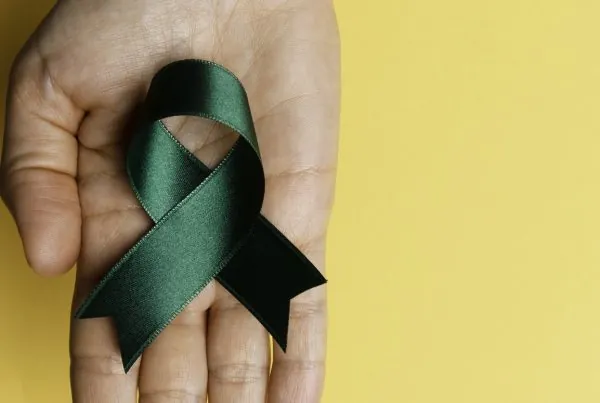Post-Traumatic Stress Disorder (PTSD) is not just for adults:
it also occurs in children and adolescents. Children and teens that witness violence and have post-traumatic stress symptoms require psychological care, but studies are suggesting that while children may experience the full range of post-traumatic stress symptoms, the manifestation of symptoms can differ from that of an adult.
The Journal of Pediatric Psychology says, “in the DSM-IV, eight criteria require verbal descriptions of experiences and emotional states. The lack of developmental modifications may result in an under-diagnosis of PTSD. “(Pynoos, Steinberg, & Goenjian, 1996). Scheeringa et al. (1995) Additional “evidence suggests that children may experience disabling PSS (post-traumatic stress symptoms) that warrant treatment, but not meet criteria for PTSD (Carrion, Weems, Ray, & Reiss, 2002).
What has become crucial in defining this diagnosis for adolescents is the way in which clinicians understand how PTSD presents in youth. There is still a debate within the field of pediatric psychology about whether or not distinct youth criteria should be established — thus far, post-traumatic stress symptoms have been assessed primarily using criteria outlined for adults. When assessing youth for PTSD, the adaptation for youth includes the “simplification of language and concepts.” However, there continues to be discussion amongst clinicians about the need for separate qualifiers for youth.
Symptoms of PTSD might include classic stress responses such as nightmares, fear and a general response to distress, but according to the American Academy of Child and Adolescent Psychiatry, there may be some symptoms unique to children and adolescents like:
- Reenactment of the event
- Regressed behavior
- Separation anxiety,
- Specific forms of behavioral, academic, and somatic problems”
Did you know: Between 25 and 87% of youth report experiencing at least one traumatic event before age 20, with girls reporting more episodes (Elklit, 2002)
Noelle Rodriguez, Psy.D. and Visions Outpatient Psychological Assistant shared some of her experience working with teens who suffer from PTSD. She listed some of the manifestations she sees and how she helps treat them:
- High levels of depression because PTSD is misdiagnosed
- Inability to formulate trusting relationships
- Drug use to attempt to access or regulate feelings
Noelle also finds teens with PTSD also present with some or all of the following:
- Poor time management
- A need to find a voice but feels silent inside
- Loss of self, feeling fragmented
- Somatic symptoms i.e., body pains, headaches, etc.
- Disassociation
- Sexual promiscuously–looking to feel connected
- Paranoia
- Lack of boundaries, which leads to more mistrust
Noelle takes her PTSD clients through a process of deep, insightful work that helps them strive toward shifting their paradigm to include:
- Empowerment;
- Sobriety (if applicable) on their own terms;
- Replacing maladaptive behavior with healthy behaviors, for example:
- Learning to ask for help, finding a support group, becoming able to recognize and identify PTSD symptoms before they have a chance to fully manifest
- Self-care
- Learn how to identify danger vs. safety
- Develop tools with which to to deal with blame, shame and doubt
- Time management
- Honesty in relationships
- Finding their voice and learning how to speak up for themselves
- Learning to get grounded when one is in emotional pain.
Peter A. Levine, Ph.D, originator and developer of Somatic Experiencing and the Director of the Somatic Experiencing Trauma Institute has transformed the way in which I personally view PTSD. He says in his book In an Unspoken Voice, “I hope to convey a deeper appreciation that their lives are not dominated by a ‘disorder’ but by an injury that can be transformed and healed.” Like Noelle, he talks about the need for someone working with PTSD to learn to self-regulate. Levine says this self-regulation “allows us to handle our own states of arousal and our difficult emotions,” and that it is what fosters the ability to “evoke a sense of being safely ‘at home’ within ourselves, at home where goodness resides.” Trauma work is a deep process. It involves learning how to hold ourselves with a sense of compassion while we look at the darkness that has swaddled our hearts.
So whether or not the DSM catches up, knowing that we have clinicians who are well versed in trauma work and who are willing to guide our youth to recovery is profound. Triggers eventually become tools we work with instead of against. And ultimately, with deep, consistent work, we develop the skills to change our relationship to our trauma and to heal.







